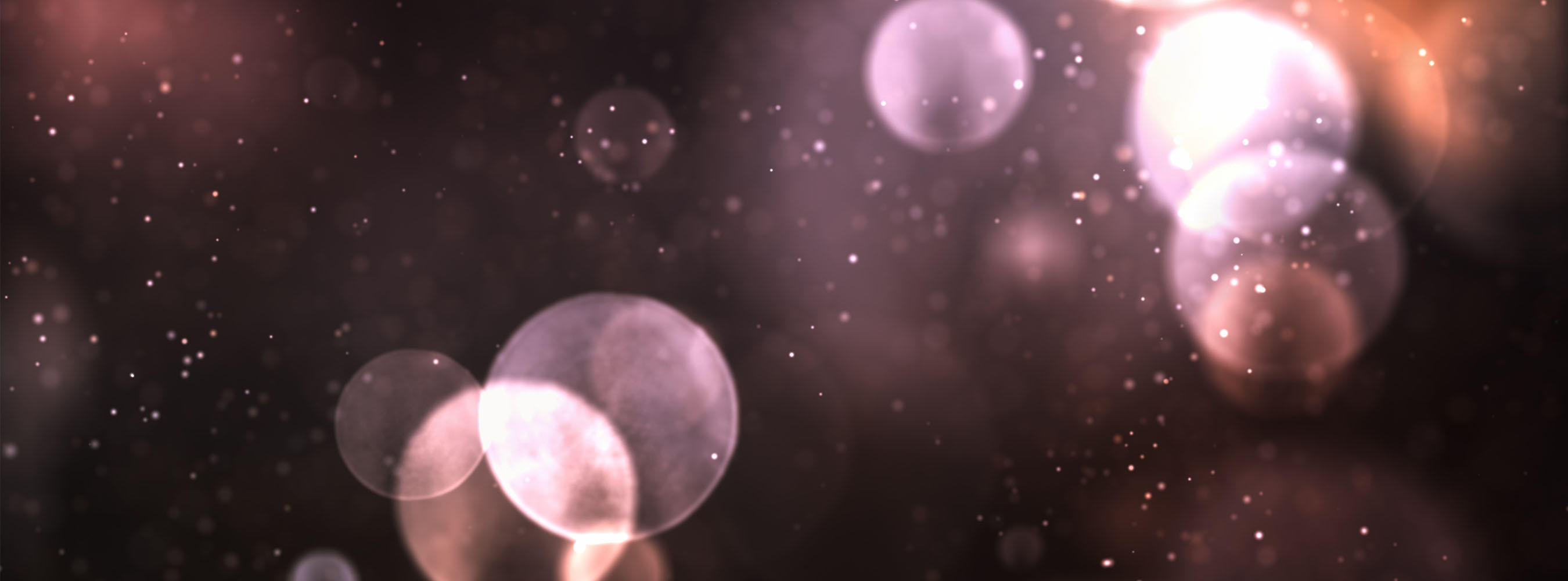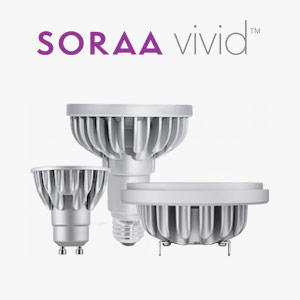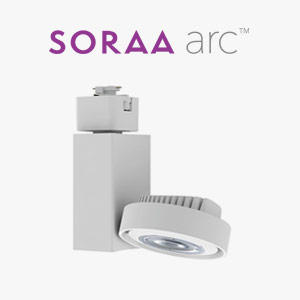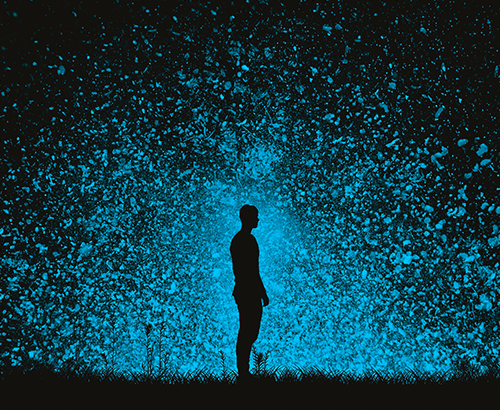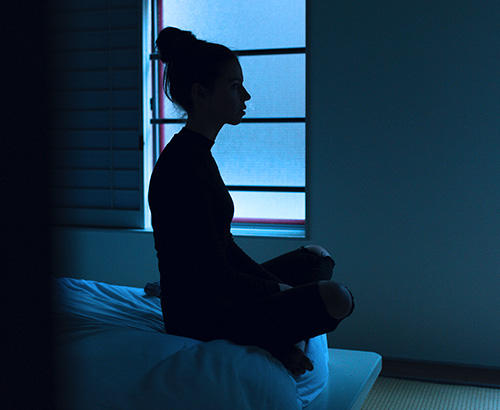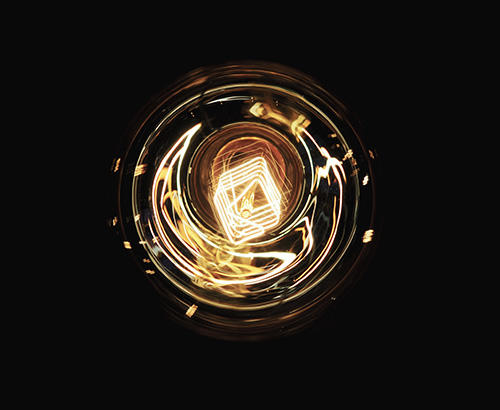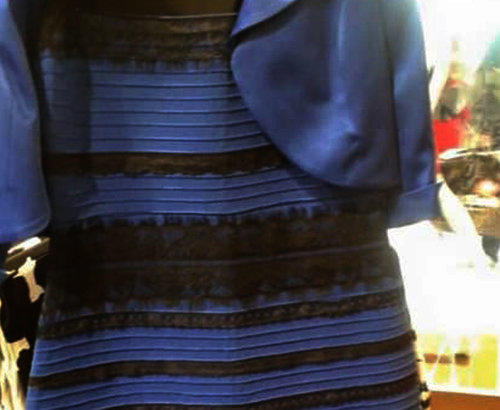I like this
In the final section on LED design, learn about the difference between lumens and lux, the introduction of Wi-Fi and Bluetooth technologies into LED, what exactly “efficiency droop” means, and some insight into the future of LED.
We spoke about color previously, but what is color temperature?
Color temperature describes whether the light “feels” warm or cold, with a higher temperature corresponding to a perception of colder light. For instance, sunlight just before sunset feels relatively warmer than at noon, and an incandescent bulb feels even warmer. Color temperature is measured in Kelvins (K) and quantifies this: midday sun has a temperature of about 6500K, sunset may be around 4000K, an incandescent light at 2700K, and candle light at 2000K. Roughly speaking, color temperature can be tied to the amount of short- and long-wavelength radiation in a spectrum: high color temperature corresponds to more violet and blue radiation, and low color temperature to more red radiation.
For LED sources, it is possible to obtain any desired color temperature by selecting the proper phosphors and shaping the spectrum of light properly.
Can you explain lumens? Are they different from lux?
Lumens measure how bright light feels, and they are defined based on the human vision system’s sensitivity to various wavelengths. For instance, we are less sensitive to blue and red light than green light – meaning that one optical watt of green light “feels” brighter than one optical watt of red or blue light. Lumens consider light at all wavelengths in a spectrum of light and indicate its net perceived brightness.
A light source emits a certain number of lumens. These lumens are then sent in the environment and reach various surfaces (walls, objects, etc.). Lux counts how many lumens reach a square meter of a given surface. Of course, this number depends on the specific environment where you placed the light source.
So, to describe perceived brightness, you would use lumens when looking directly at a light source, and lux when looking at a wall illuminated by that source. In everyday life, we don’t look at light sources directly and lux is a more relevant unit.
What goes into making a Bluetooth- or Wi-Fi-compatible LED?
It all depends how good of a job you want to do!
At the most basic level, any electronic device can become wireless by slapping an off-the-shelf Bluetooth or Wi-Fi chip inside the system. This requires minimal hardware changes, and very little programming (especially when using off-the-shelf software libraries).
There are two problems with this approach however. First, “just” making a device wireless is not necessarily very useful if it only enables basic features such as turning the device on and off: arguably, a wall switch is more convenient than a phone to turn on the lights. Second, these devices usually have terrible computer security, or no security at all—and hackers can easily take control of a device or divert the information it collects, as demonstrated by near-daily news stories.
Realistically, making a good wireless device (or more generally, a good smart device) takes a lot of work. First, the product must be conceived with connectivity and smart functions as central features rather than afterthoughts. And security should be integrated in the basic architecture of the device.
SORAA’s upcoming series of smart lamps are a great example of a product designed according to such rules, with unique and useful smart features and rock-solid security throughout.
What is “efficiency droop” and is it still a concern?
In short – yes. What is droop? It is commonly observed that the efficiency of an LED decreases with higher input power – meaning, as you send more electrical watts in an LED, the emitted optical watts increase but the ratio of optical to electrical watts decreases. This phenomenon is called efficiency droop and is observed in all GaN LEDs.
In some applications, engineers have circumvented this problem by just adding more LEDs to their light sources – this increases the cost somewhat, but efficiency is maintained. However, there are many applications where this trick can’t be played, simply because there isn’t any more room to add LEDs. This is the case for high-brightness applications like directional light sources, where the LED emitter should be as small as possible to control the directions of the emitted light. In these applications, droop remains a major technical limitation. Some progress has been made over the last decade in combating droop, including at SORAA, but there is still room for breakthroughs.
Speaking of breakthroughs… what’s the future of the LED? Where does LED design go from here?
I can speak for days about the future of LED.
There’s a broad term called “human centric lighting”, which would adapt to what your body needs. So, that could be a lot of blue in the morning, and no blue at night. In terms of short-term future trends, “really smart lighting” is another one. Today, you have a bunch of so-called smart products, but they’re not very smart. They’re smart in the sense that you can change the color of your bulb with your phone, which is cool, but it’s not very advanced. We expect that so-called smart bulbs are going to start adding actual smart functions very soon. SORAA has a bunch of products that are going to do just that. They’re going to be bulbs which do what you expect from them without you having to tell them. You won’t have to pull out your phone for the lights to adapt to your presence, to your movement, to your mood, and stuff like that. The lights will use artificial intelligence and figure out what to do on their own.
On the pure science side, there’s going to be a lot of research going on in materials and semiconductors in order to improve the fundamentals of LED technology.
Aurelien David, Chief Scientist SORAA
After working with the Advanced Laboratories of Lumileds to study the efficiency of GaN based LEDS, Aurelien David joined SORAA as the Chief Scientist to work on more major advancements in LED research. Since joining in 2010, Aurelien has brought his expertise in semiconductor physics and color science to help achieve major breakthroughs in SORAA’s core technology and quality of light approach.
Aurelien holds a PhD in Applied Physics from the University of California, Santa Barbara, as well as a PhD and Masters in Physics from Ecole polytechnique, Palaiseau, France.
